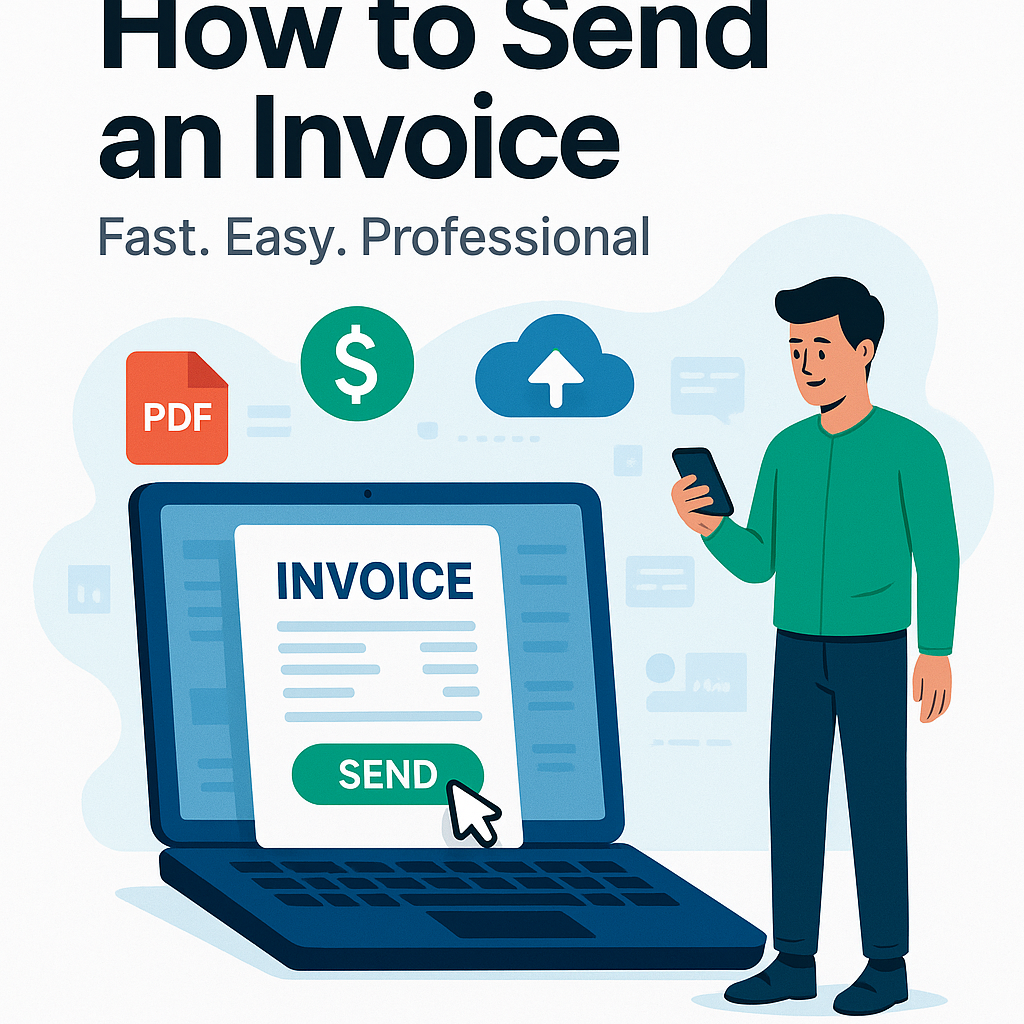Graphic design is a powerful tool that bridges creativity and communication. Whether you’re designing a brand logo, creating social media content, or developing a website layout, graphic design plays an integral role in shaping visual narratives. It is more than just aesthetics; it’s about conveying messages in a visually compelling way. In this blog, we’ll explore key aspects of graphic designing, tips to elevate your work, and how to cultivate a unique style that sets you apart from the competition.
Table of Contents
Toggle1. Understanding the Basics of Graphic Design
Before diving into advanced tools or software, it’s crucial to understand the foundational principles of graphic design. These principles will guide you in creating harmonious and effective designs.
- Balance: This refers to the distribution of visual elements within a design. A well-balanced composition feels stable and aesthetically pleasing. You can achieve balance by organizing your design elements either symmetrically or asymmetrically.
- Contrast: Contrast is essential in making elements stand out. By using differences in colors, shapes, or sizes, you can create focal points and direct the viewer’s attention.
- Alignment: Proper alignment ensures that elements are visually connected. This creates a cleaner and more organized look, which improves readability and professionalism.
- Repetition: Repetition involves using certain design elements consistently throughout your work. This helps create cohesion and reinforces the design’s message.
- Hierarchy: Hierarchy in design organizes content so that viewers can easily navigate through the information. By manipulating the size, color, or placement of elements, you can guide the viewer’s eye from the most important to the least important parts of the design.
2. Choosing the Right Tools
The world of graphic design is enriched with a variety of tools that make the design process more efficient and creative. Whether you’re a beginner or a professional, choosing the right software is key to executing your vision.
- Adobe Photoshop: Photoshop is a versatile tool for editing images, creating web graphics, and designing digital art. Its wide array of features and plugins makes it ideal for pixel-perfect designs.
- Adobe Illustrator: Illustrator is the go-to tool for vector-based design. It’s excellent for creating logos, typography, and illustrations that can scale without losing quality.
- Canva: If you’re new to graphic design or need something quick, Canva is a user-friendly platform that provides pre-made templates for social media posts, flyers, and presentations.
- Figma: Figma is a powerful web-based tool designed for UI/UX design. It allows real-time collaboration, making it perfect for teams working on website or app designs.
- Procreate: For illustrators and digital artists, Procreate on the iPad is a favorite for sketching and painting with a natural, fluid feel.
Each of these tools offers unique features, so choosing the right one depends on your project requirements and skill level. As you advance, you might find yourself combining multiple tools to create stunning, multi-layered designs.
3. Developing a Unique Style
Graphic design is highly competitive, so developing a unique style is key to standing out. Here are some tips to help you cultivate a personal design aesthetic:
- Experiment: Don’t be afraid to try different approaches and techniques. Whether it’s playing with bold colors, unusual typography, or abstract shapes, experimenting allows you to discover what resonates with your personal style.
- Find Inspiration: Look at other designers’ work for inspiration. Study different styles, such as minimalism, retro, or surrealism, and incorporate elements that appeal to you. Sites like Behance, Dribbble, and Pinterest are great places to find inspiration.
- Create a Mood Board: A mood board is a collection of images, colors, and typography that reflect the look and feel you want to achieve. This helps you stay consistent and focused as you create your designs.
- Work on Passion Projects: Personal projects are a great way to develop your style without client constraints. Use them as an opportunity to experiment and hone your skills.
- Seek Feedback: Don’t hesitate to ask for feedback from peers or online design communities. Constructive criticism can help you improve your designs and gain new perspectives.
4. Mastering Typography
Typography is one of the most critical aspects of graphic design. The right typeface can make or break a design, so it’s important to use typography thoughtfully.
- Font Pairing: Combining different fonts can create contrast and visual interest, but make sure they complement each other. For example, pairing a serif font with a sans-serif font often creates a pleasing contrast.
- Readability: Always prioritize readability when selecting fonts. Avoid overly ornate fonts for body text and ensure that your text is legible across different devices and screen sizes.
- Size and Weight: Varying the size and weight of your text helps establish a hierarchy. Use larger, bold fonts for headings and smaller, lighter fonts for body text.
5. Color Theory
Color plays an essential role in graphic design by evoking emotions and setting the tone for your designs. Understanding color theory can help you make informed decisions when choosing color palettes.
- Color Harmony: Colors that are opposite on the color wheel, such as blue and orange, create vibrant and visually appealing designs. Meanwhile, analogous colors (those next to each other on the color wheel) create a more harmonious and soothing effect.
- Psychology of Color: Different colors evoke different emotions. For instance, red often conveys excitement or urgency, while blue is calming and trustworthy. Keep this in mind when designing for specific brands or audiences.
- Color Contrast: Ensuring enough contrast between text and background colors is crucial for readability. A high contrast makes your text more legible, while a low contrast can strain the eyes.
6. Staying Updated with Trends
Graphic design is a constantly evolving field, and staying updated with current trends is vital. While having a unique style is important, being aware of industry trends allows you to remain relevant and create designs that resonate with modern audiences. Some current trends include:
- Minimalism: Clean, uncluttered designs with lots of white space.
- 3D and Isometric Design: Using 3D elements to add depth and a sense of realism.
- Bold Colors and Gradients: Eye-catching colors and gradients to create dynamic visuals.
- Retro Design: Reviving past design styles with a modern twist.
By blending your personal style with current trends, you can create designs that feel both timeless and contemporary.
Conclusion
Mastering the art of graphic design takes time, practice, and a deep understanding of both the fundamentals and the tools at your disposal. By focusing on the principles of design, developing your unique style, and staying updated with trends, you’ll be well on your way to creating visually impactful and meaningful designs that stand out in a competitive field. Whether you’re a novice or a seasoned designer, continuous learning and experimentation will keep you evolving in this exciting, creative industry.



